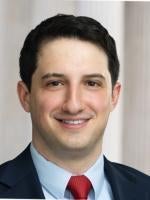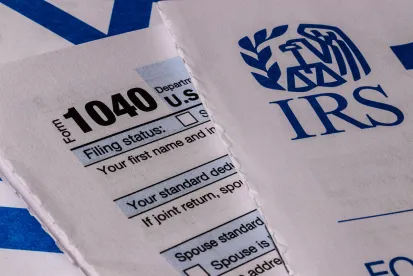Highlights
- The IRS provided a two-year administrative transition period delaying the required implementation of the SECURE 2.0 Act’s rule mandating high-paid participants to designate catch-up contributions as Roth contributions, which previously needed to be implemented in 2024
- Plans may continue to offer or not offer designated Roth contributions and catch-up contributions without the new Roth catch-up contribution requirement applicable to high-paid participants until 2026
- The IRS intends to issue future guidance on implementing the required Roth catch-up contribution for high-paid participants
The Internal Revenue Service (IRS) has issued guidance in Notice 2023-62 delaying the mandatory Roth IRA catch-up contribution requirement for high-paid participants until 2026. The SECURE 2.0 Act (Consolidated Appropriations Act, 2023) required plan participants earning over $145,000 in prior-year FICA wages to designate any catch-up contributions as Roth contributions beginning in 2024. In essence, this new rule prohibited high-income earners, ages 50 and over, from making catch-up contributions as pre-tax contributions.
The Notice permits an administrative transition period through Dec. 31, 2025 for implementing the new Roth catch-up contribution rule. Accordingly, until Jan. 1, 2026, catch-up contributions may continue to be made under the pre-SECURE 2.0 Act rules.
A plan that does not offer high-paid participants the option to designate catch-up contributions as Roth contributions will not violate the new Roth catch-up contribution rule until after this administrative transition period ends. This means that, until 2026, plans may continue to operate without applying the new requirement for highly paid employees to designate catch-up contributions as Roth contributions.
Guidance on the implementation of the required Roth catch-up contributions for high-paid participants is anticipated from the IRS, as indicated in the Notice. The guidance is expected to address open issues such as: 1) treatment of plan participants who did not have FICA wages with their employer in the preceding calendar year; 2) treatment of a high-paid participant’s election to make pre-tax catch-up contributions as an election to make Roth catch-up contributions; and 3) in determining high-paid participant status, treatment of wages paid by individual employers who participate in a plan maintained by several unrelated employers where a participant’s wages from one participating employer would not be aggregated with wages from another participating employer.
The Notice also resolves a potential drafting issue in the SECURE 2.0 Act, which some practitioners interpreted as eliminating catch-up contributions all together prospectively. The IRS has confirmed that such interpretation is incorrect.
The implementation of these required Roth catch-up contributions for high-paid participants in such a short time period presented a challenge for third-party administrators, payroll providers, and plan sponsors. Fortunately, the two-year administrative transition period allows service providers and plan sponsors more time to make modifications to systems and processes. Despite this reprieve, plan sponsors should consider working with service providers and employee benefits counsel on future implementation of this new rule and the related plan amendment and participant communications.






 />i
/>i

